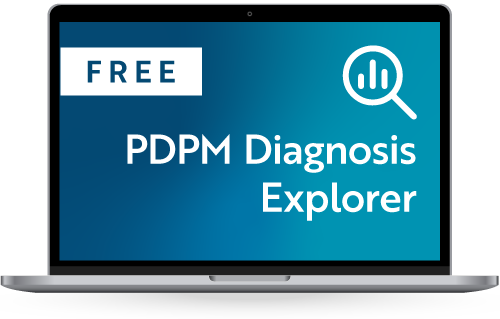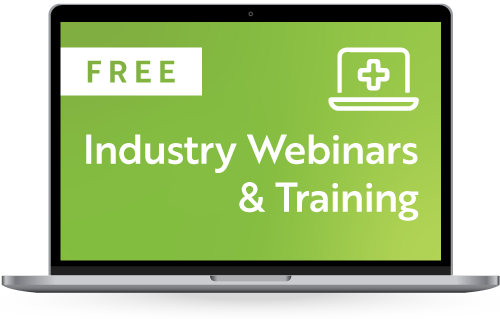CMS today (June 9, 2020) released a guide “for patients and beneficiaries as they consider their in-person care options. During the height of the pandemic, many healthcare systems and patients postponed non-emergency, in-person care in order to keep patients and providers safe and to ensure capacity to care for COVID-19 patients. As states and regions across the United States see a decline in cases of COVID-19, CMS is providing these recommendations to ensure that non-emergency healthcare resumes safely and that patients are receiving needed in-person treatment that may have been postponed due to the public health emergency…many patients have been able to access their clinicians while staying safe at home. But while telehealth has proven to be a lifeline, nothing can absolutely replace the gold standard: in-person care,” said CMS Administrator Seema Verma. “Americans need their healthcare and our healthcare heroes are working overtime to deliver it safely. Those needing operations, vaccinations, procedures, preventive care, or evaluation for chronic conditions should feel confident seeking in-person care when recommended by their provider.”
This 2-page guide, dated June 8, 2020, provides these recommendations for patients “as they consider seeking non-emergency treatment”:
- Do Not Postpone Necessary Care
- Is It Safe to Go to your Doctor or Hospital?
- Consider Telehealth or Virtual Visits
- What to Expect when you Seek Healthcare
- Wear a face covering. A facemask helps limit your risk of getting or spreading disease.
- Avoid crowded waiting areas. Sometimes you will be asked to wait in your car until your visit. Waiting rooms should have chairs spaced far apart to keep you and others safe.
- Limit visitors or people who go to your appointment with you. By limiting the number of people, your exposure becomes limited as well. Try to limit visitors or people who accompany you to visits to ONE person. Visitors should also wear a face covering (facemask).
- Screening before entering a facility. You, and your visitors, may have your temperature taken, or be asked questions about your health status, before entering a healthcare facility. This is to keep you and others safe.
- Wash your hands often. Use soap and water for 20 seconds, or hand sanitizer when washing your hands is not possible.
- Should I get tested for Covid-19 before seeking healthcare?
- Vulnerable Populations: When Possible, Stay Home
- When out in public, be sure to practice social distancing by staying 6 feet away from others.
This patient guide is found in English at the link in the 1st paragraph of this blog; in Spanish here.
Another reopening guide for healthcare facilities that refers only to areas in Phase II: States and regions with no evidence of a rebound that satisfy the Gating Criteria is found here. This 5-page document recommends:
- Optimization of telehealth services, when available and appropriate, continues to be recommended to minimize the need for in-person services. Ensuring that individuals with disabilities have tools for effective communication is a key part of optimizing telehealth services.
- All individuals at higher risk for severe COVID-19 illness should continue to shelter in place unless their conditions warrant in-person healthcare. More detailed information about vulnerable and other populations who may need to take precautions is described below.
- For care that cannot be provided virtually, these recommendations — which are part of a series of phased recommendations — may guide healthcare systems, providers, and facilities as they consider delivering in-person care to non-COVID-19 patients in regions with lower or declining without rebound, levels of COVID-19.
Phase 1 Recommendations for Reopening Facilities to Provide Non-emergent Non-COVID-19 Healthcare were issued on April 19, 2020 and are 3 pages in length.
Both Phase 1 and Phase II reopening documents contain numerous hyperlinks to additional information.
Want to keep up with the changing COVID-19 situation in skilled nursing?




